Art has always been more than just visual beauty—it's a complex narrative of human experience, cultural exchange, and power dynamics. For too long, traditional art history has presented a narrow, Eurocentric view that overlooked countless voices, marginalized artists, and rich cultural traditions. Today, scholars, curators, and artists are challenging these outdated narratives, revealing a much more nuanced and inclusive understanding of artistic creation.
Rediscovering Forgotten Artists
The art world is experiencing a powerful renaissance of recognition. Countless brilliant artists have been historically erased or minimized, their contributions overlooked due to systemic barriers of race, gender, and social status. Women artists like Judith Leyster in the 17th century, who was often mistaken as a student of male painters, are now being celebrated for their extraordinary talent and innovation.
Contemporary research is unearthing remarkable stories of artists who worked in challenging circumstances. Take María Izquierdo, a Mexican painter who challenged Diego Rivera's artistic dominance in the 1930s, or African American artists like Augusta Savage, who not only created stunning artwork but also fought against racial discrimination in the art world.
Decolonizing Art Historical Narratives
The process of decolonizing art history goes beyond simply adding diverse artists to existing frameworks. It requires a fundamental reimagining of how we understand artistic production, cultural exchange, and creative expression. This means acknowledging how colonial perspectives have shaped museum collections, artistic canons, and interpretative frameworks.
Museums worldwide are now conducting provenance research, tracing the complex histories of artworks and confronting uncomfortable truths about how collections were assembled. Many pieces in major institutions were acquired through questionable means during colonial periods, and institutions are now working to provide more transparent narratives about their collections' origins.
Indigenous art practices are receiving unprecedented scholarly attention, revealing sophisticated artistic traditions that were previously dismissed or misunderstood. Researchers are documenting intricate cultural practices, symbolic systems, and aesthetic philosophies that challenge Western art historical paradigms.
Emerging scholarship is revealing how artistic movements have always been more interconnected than traditional narratives suggested. The surrealist movement, for instance, wasn't just a European phenomenon but included significant contributions from Latin American, Caribbean, and African artists who brought unique cultural perspectives to the movement.
The digital age has dramatically accelerated these transformative approaches to art history. Online archives, collaborative research platforms, and global communication networks allow scholars and artists to share knowledge and challenge established narratives more effectively than ever before.
Modern museums are becoming spaces of dialogue and critical reflection. Interactive exhibitions now contextualize artworks, explaining not just aesthetic qualities but the complex social, political, and cultural environments in which they were created. This approach invites visitors to engage more deeply with artistic expressions.
Technology is also enabling unprecedented access to art historical research. High-resolution digital archives, virtual museum tours, and scholarly databases are democratizing knowledge that was once accessible only to a privileged few. Students, researchers, and art enthusiasts worldwide can now explore collections and scholarship with unprecedented ease.
These evolving perspectives aren't just academic exercises—they represent a profound reimagining of how we understand human creativity. By centering marginalized voices, tracing complex cultural exchanges, and challenging simplistic narratives, we're developing a richer, more nuanced appreciation of artistic expression.
Art history is becoming a dynamic, inclusive field that recognizes creativity as a universal human impulse—transcending boundaries of geography, culture, and historical moment. As we continue to uncover forgotten stories and challenge established frameworks, we're not just rewriting art history; we're expanding our understanding of human potential and cultural complexity.
Subscribe to my newsletter to get the latest updates and news

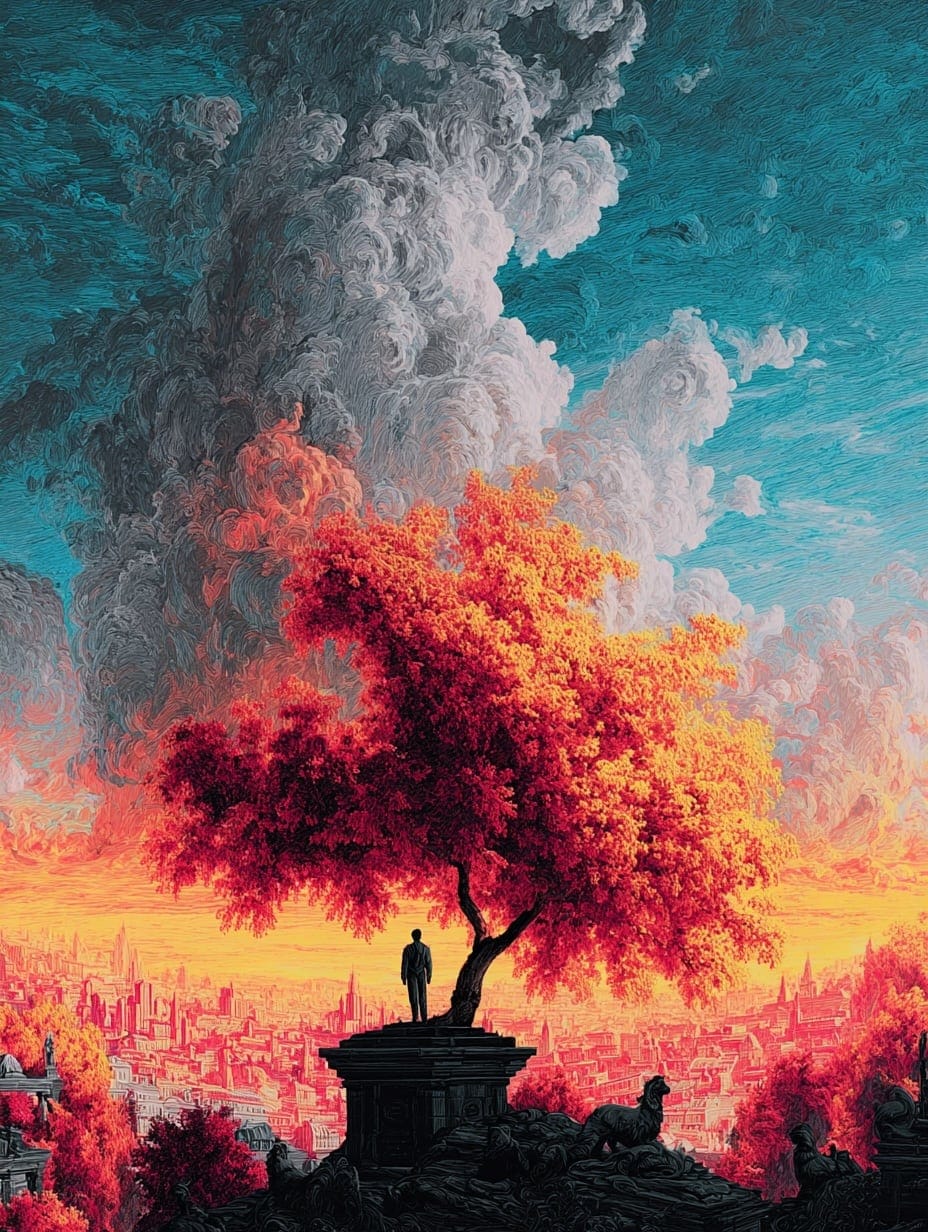
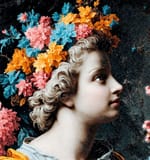

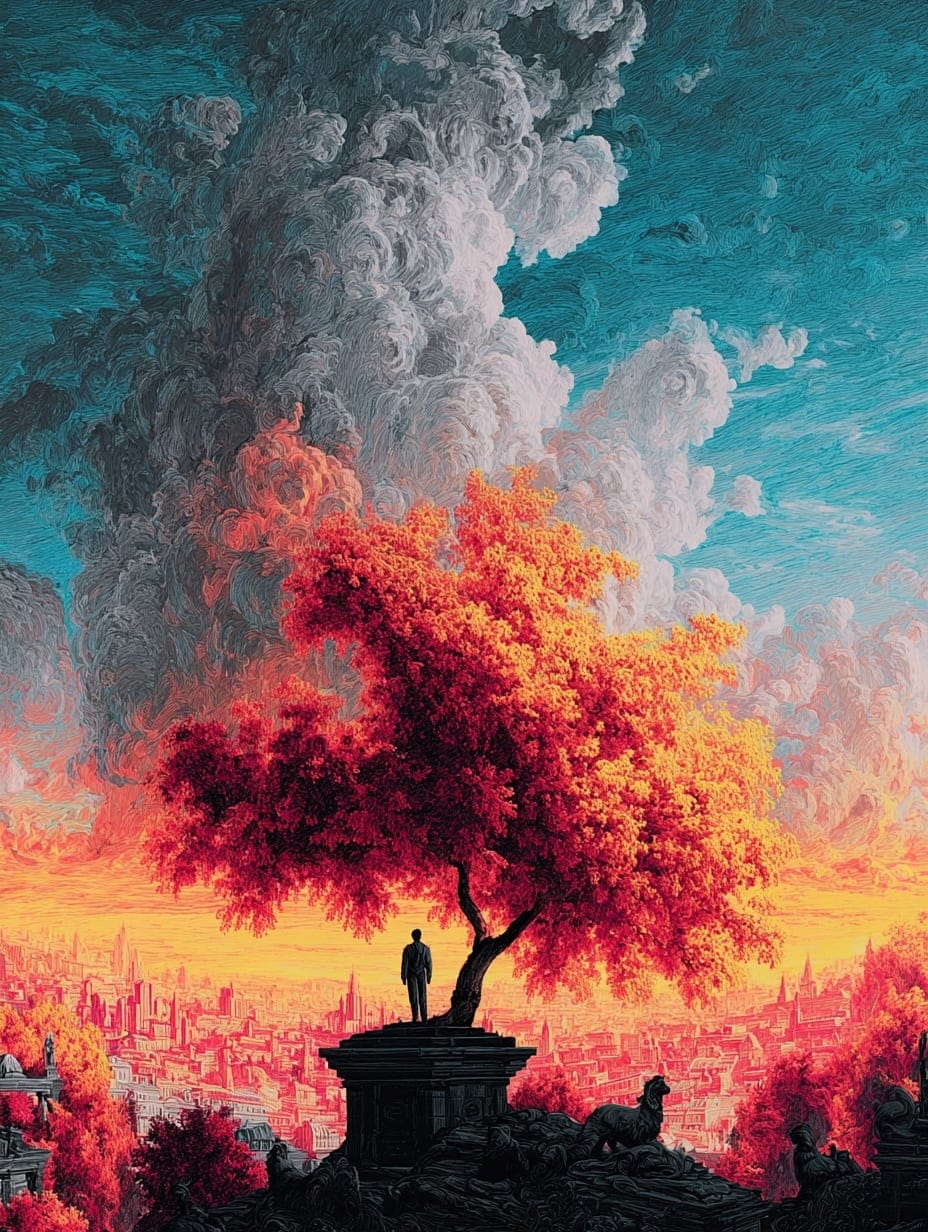
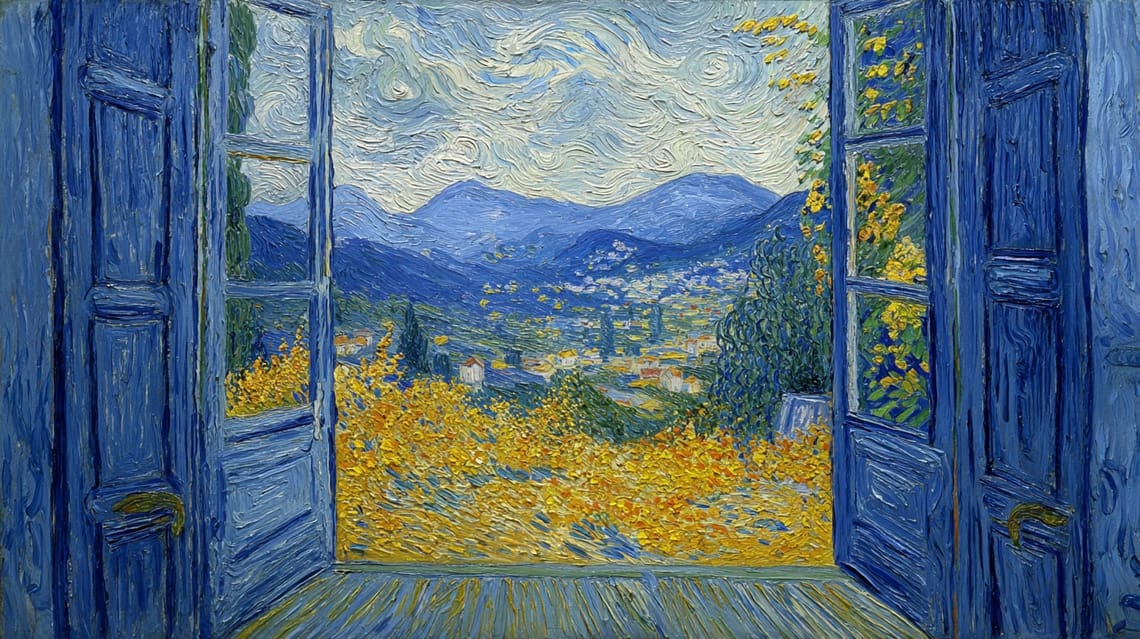

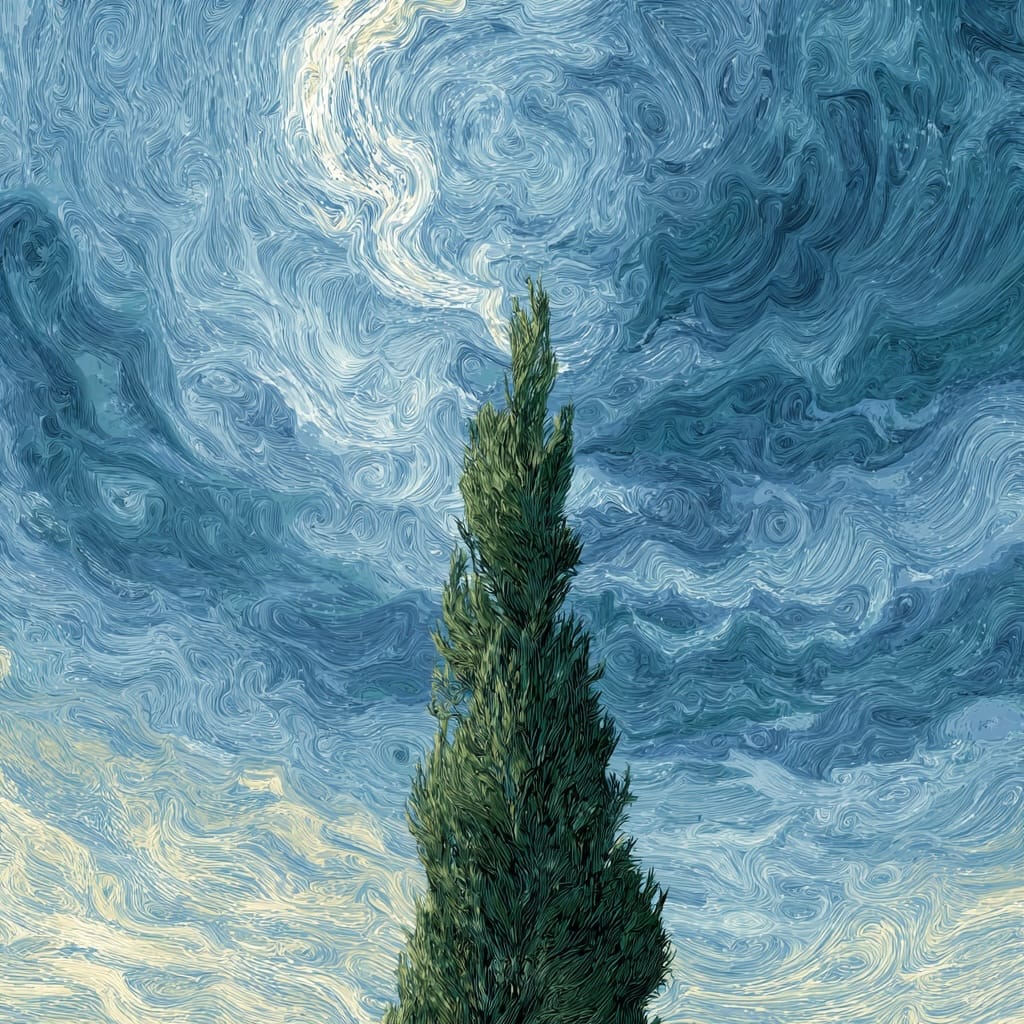
Member discussion